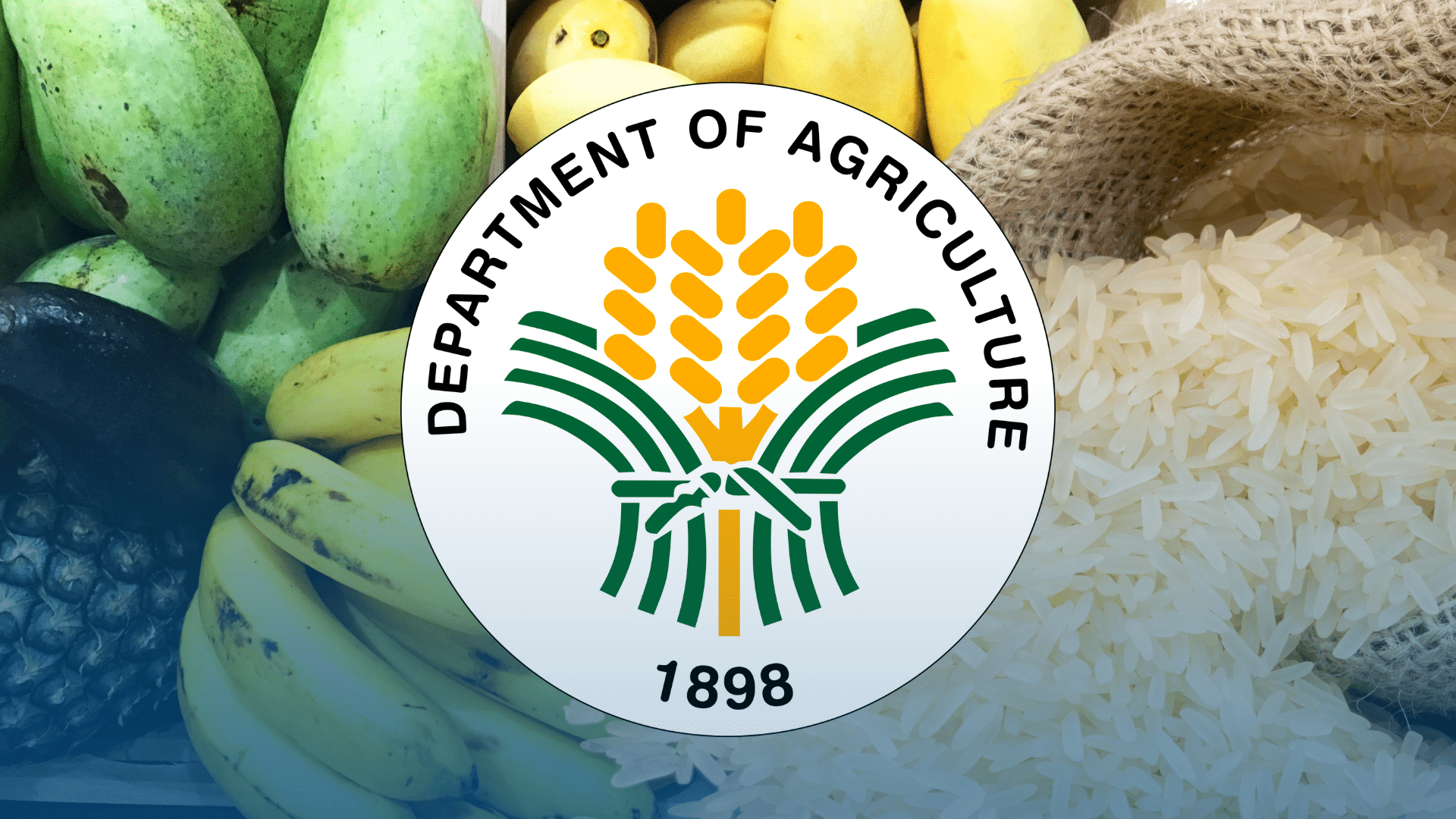
ON Monday, Transportation Secretary Jaime Bautista was quoted as saying that "we have enough [public transport] capacity," based on reports submitted to him by the Land Transportation Franchising and Regulatory Board (LTFRB), the regulator of road-based public transportation in the Philippines. Not surprisingly, the immediate public reaction, including from the media, was one of skepticism and disbelief.
It is unfortunate that such sweeping statements are made without evidence or hard data. Because the LTFRB is tasked to ensure that public transport serves the needs of the public, a crucial part of its responsibility is to collect and analyze information on the adequacy and quality of public transport services and to report on it — the LTFRB cannot achieve its objectives in the absence of such analysis.
There does not seem, however, to be any effort from the agency, today or in the past, to generate the information or to make such information publicly available. Therefore, the LTFRB's reports on the adequacy of public transport supply cannot be given much credence. This is one of the huge gaps in the governance of our public transportation services and a big reason why our public transport is generally deficient.
The LTFRB may say that the adequacy of transport supply is confirmed by feedback from transport operators themselves. But the objectives of transport operators may differ from the interests of public transport users. For instance, a transport operator may have an interest in keeping queues long by restricting supply or competition. Long queues mean more ready customers.
Today, there are many UV Express routes for which queues during peak hours are excessively long, with passenger waiting times even exceeding 30 to 45 minutes. These have not been granted any capacity increase in over 15 years despite obvious population and demand growth, yet no action has been taken by the LTFRB to increase the number of vehicles serving the route. Most public transport routes have not been granted any increase in the number of public transport vehicles during the past 20 years.
It is generally accepted that the deficit in public transportation supply has significantly worsened, particularly over the last decade. Many need to leave their homes by 5 a.m. or earlier to get to their destinations by 8 a.m. It is also observed that public transport rides are more difficult to secure in the afternoons and evenings when there is more competition for the limited supply (and also after some drivers have decided to go home for the day after driving since 5 a.m.). When it rains, large numbers of commuters can be stranded for hours without a ride home. The clamor for work-from-home arrangements has grown louder in large part because daily commutes have become so onerous and stressful.
During the pandemic, many routes suffered from a significant reduction in supply as operators went bankrupt when physical distancing measures were introduced and fuel prices rose sharply without commensurate adjustments in fares. Without funds for consumables and maintenance, many public utility vehicles were sidelined and fell into disrepair. In urban areas, my sources estimate that around 30 percent of jeepneys stopped operating and are now unlikely to return — a considerable shrinking of supply by any measure.
There are several other strong indications of the insufficiency of public transport. Just this year, the survey research firm, WR Numero Research, undertook a national survey to identify the issues of most concern to ordinary Filipinos. Forty-four percent of respondents felt that public transport was a significant issue that deserved priority attention of decision-makers.
Another sign is that transport operators complain about competition from "colorum" operators. When there is a significant deficit in public transport supply, there are strong incentives for enterprising individuals to offer services to fill the demand gap. Just this week, the Land Transportation Office announced a renewed campaign to go after colorum vehicles (underscoring that the penalty is imprisonment of up to six years and a fine of up to P2 million).
Campaigns to go after colorum vehicles have the unfortunate effect of reducing the supply of public transport at a time when it is insufficient; public transport users also suffer when the colorum supply is removed. In the past, I have advocated for an amnesty program for colorum operators. Many owners of colorum vehicles are also legitimate transport operators who take advantage of the unserved demand.
Another indication that public transport is insufficient is that the LTFRB has approved more franchises for motorcycle taxis and for transport network vehicle services (like Grab) to address the deficiency in public transport supply. Because Grab vehicles and motorcycle taxis (like Angkas and Joyride) are low-capacity public transport, they are best offered after more space-efficient public transport, such as vans, jeepneys and buses have been exhausted. Otherwise, the proliferation of motorcycle taxis and Grab cars can result in heavier traffic.
Because public transportation is an essential service, it is crucial that the LTFRB provide periodic and accurate information on the quality and sufficiency of public transportation. It should have measurable service standards that define what an acceptable public transport service looks like, including indicators that cover queuing/waiting time, crowding, safety, accessibility, cleanliness, etc.; regular reports on service standards; and specific recommendations for how services can be improved to achieve the desired standards. If this is not being done, the LTFRB is not doing its job.
Finally, it would be interesting to know how many LTFRB staff and officials use public transport regularly. If most rely on their own vehicles or on office shuttles, it may be another indication that public transport is not an attractive or reliable option. Because cooks should taste the food that they serve, it may not be a bad idea for LTFRB personnel to be required to use public transport regularly (say, at least three times a week). After a few weeks of doing so, they could be asked again for their views on the sufficiency of public transport supply.
Robert Y. Siy is a development economist, city and regional planner, and public transport advocate. He is a co-convenor of the Move As One Coalition. He can be reached at mobilitymatters.ph@yahoo.com or followed on Twitter at @RobertRsiy.
Read The Rest at :






